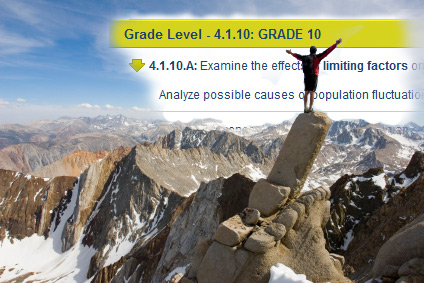Uniting Standards and Instruction

Meaningful instruction and a Standards Aligned System are inherently linked. You can’t provide meaningful instruction without a clear direction indicating what students need to know and be able to do. While the standards are a constant, your students and your teaching style are dynamic and flexible. You can choose teaching strategies and methods that meet the standards, value critical thinking, and prepare students for the future.
Learning Objectives
Upon completion of this course, participants will be able to:
- Discuss strategies for developing critical thinking skills to prepare students for their future.
- Recognize instructional goals that fully engage students and create independent learners.
- Identify instructional strategies that are best suited to help students achieve the expected performance.
- Describe how to provide explicit instruction that directs student attention toward specific learning outcomes.
- Develop instructional strategies to meet diverse student learning styles.
- Examine instructional strategies aligned to standards that address key concepts, skills, essential questions, and enduring understanding to improve student achievement.
Topic A: Making a Difference as a Teacher
Topic B: Instructional Goals
Topic C: Instructional Strategies
Topic D: Creating Differentiated Instruction
